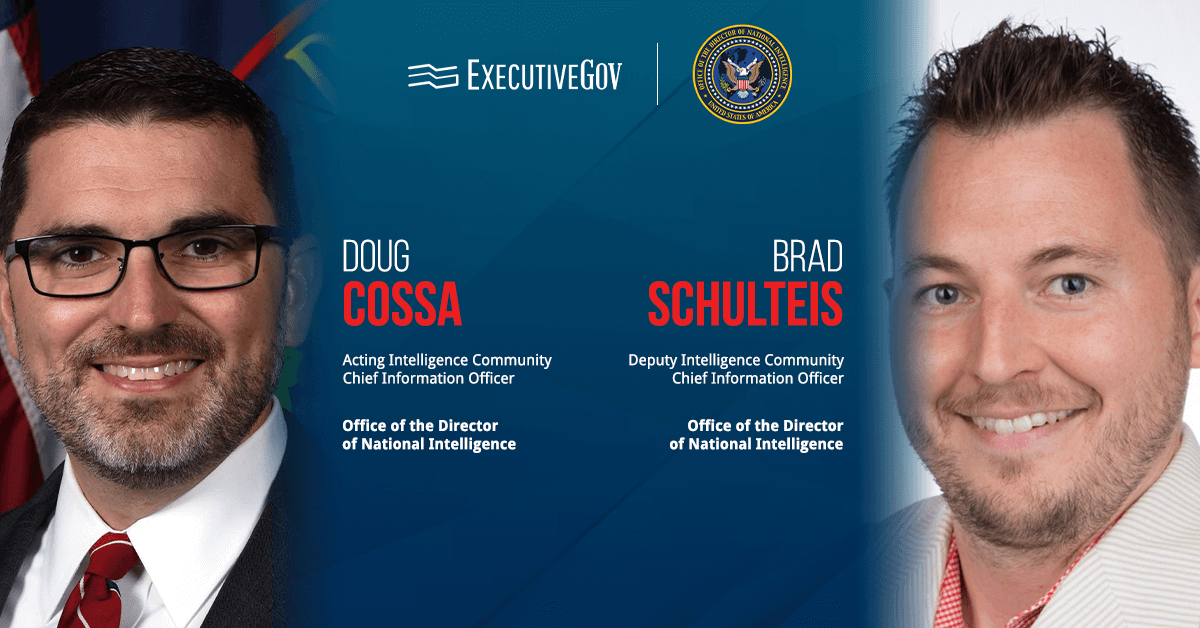Constellation New Energy, a company specializing in clean, emissions-free energy, has been awarded by the U.S. General Services Administration a long-term contract for the procurement of electricity, including bundled carbon pollution-free electricity.
GSA said Thursday Constellation will supply electricity to multiple federal agencies across the PJM Interconnection territory for 10 years. It covers the purchase of an estimated 10 million megawatt-hours of electricity that will be utilized by 80 federal facilities in 11 mid-Atlantic and Midwest states and Washington, D.C.
The long-term contract, which marks the largest purchase of energy in the agency’s history, is intended to enhance government agencies’ resilience and reliability, boost the domestic nuclear industry and address future price increases.
Desired Outcomes of the Contract
The deal aims to enable agencies, including data centers and artificial intelligence facilities, to deal with future electricity demands. It also ensures the safe and responsible operations of nuclear facilities. Constellation will provide electricity at a fixed cost for 10 years, safeguarding the agencies against future price increases.
Under the agreement, the company will supply power starting in April to the GSA and 13 other entities. This includes the following:
- Architect of the Capitol
- Army Corps of Engineers
- Department of Transportation
- Department of Veterans Affairs
- Federal Bureau of Prisons
- Federal Reserve Board of Governors
- National Archives and Records Administration
- National Oceanic and Atmospheric Administration
- National Park Service
- Railroad Retirement Board
- Social Security Administration
- U.S. Mint
- Washington Metropolitan Area Transit Authority
GSA Administrator Robin Carnahan remarked, “This historic procurement locks in a cost-competitive, reliable supply of nuclear energy over a 10-year period, accelerating progress toward a carbon-free energy future while protecting taxpayers against future price hikes.”
Joe Dominguez, president and CEO of Constellation, added, “This agreement sends a clear message that nuclear energy must continue to play an important role in providing clean, reliable, affordable and secure energy to power our nation’s infrastructure and economy at a time of rising demand.”
In November last year, Constellation was awarded a $119.8 million contract to enhance the energy efficiency of five facilities in the National Capital Region.












